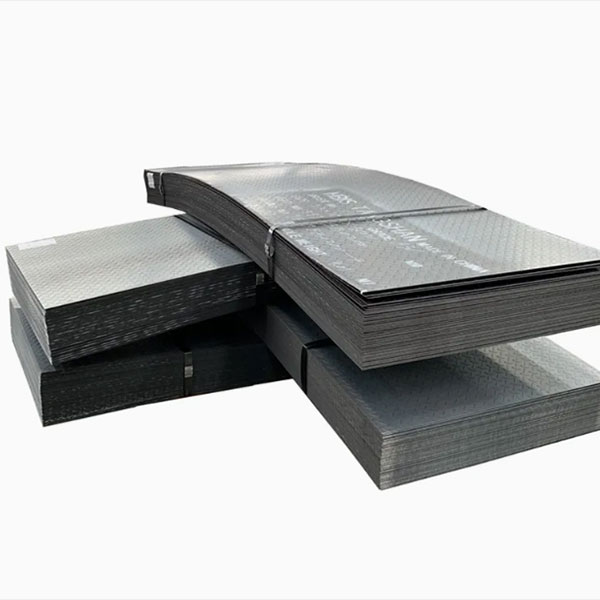Exploring Carbon Steel Plates: Properties, Uses, and Benefits
2024-12-21
Carbon steel plates are fundamental components in numerous industries, celebrated for their strength, durability, and versatility. From construction to manufacturing, they play a pivotal role in various applications. In this blog, we’ll delve into what carbon steel plates are, their properties, and the advantages they bring to the table.
What is a Carbon Steel Plate?
A carbon steel plate is a flat, rectangular sheet made from a steel alloy that primarily contains iron and carbon. Depending on the carbon content, these plates are categorized into low, medium, and high-carbon steel, with each type offering unique properties suitable for different applications.
- Low-Carbon Steel (Mild Steel): Contains less than 0.25% carbon and is known for its malleability and ease of welding.
- Medium-Carbon Steel: Contains 0.25% to 0.6% carbon, offering a balance of strength and ductility.
- High-Carbon Steel: Contains 0.6% to 1.0% carbon, making it extremely strong but less ductile.

Key Properties of Carbon Steel Plates
1. Strength and Durability
- Carbon steel plates are renowned for their high tensile strength, making them ideal for heavy-duty applications.
2. Versatility
- Available in various thicknesses and grades, they can be customized for specific uses, such as structural components or machinery parts.
3. Cost-Effectiveness
- Compared to other materials like stainless steel, carbon steel plates are more affordable without compromising on performance.
4. Ease of Machining
- Carbon steel plates can be easily cut, welded, and shaped, offering flexibility during fabrication.
Applications of Carbon Steel Plates
1. Construction
- Used in bridges, buildings, and other infrastructure projects for structural support and load-bearing components.
2. Automotive Industry
- Utilized in the manufacturing of car chassis, engine parts, and other components requiring strength and resilience.
3. Shipbuilding
- Essential for constructing ship hulls and other marine structures due to their strength and corrosion resistance when treated.
4. Machinery and Equipment
- Ideal for gears, bearings, and other heavy machinery parts that require durability.
5. Energy Sector
- Widely used in oil and gas pipelines, storage tanks, and pressure vessels due to their strength and ability to withstand extreme conditions.
Advantages of Carbon Steel Plates
- High Load-Bearing Capacity: Can withstand significant stress without deforming.
- Recyclability: An eco-friendly material that can be recycled multiple times.
- Corrosion Resistance: When treated or coated, carbon steel plates resist corrosion, extending their lifespan.
- Customizability: Can be tailored to meet specific size, grade, and application requirements.
Conclusion
Carbon steel plates are indispensable across a multitude of industries, thanks to their remarkable properties and versatility. Whether for constructing skyscrapers or manufacturing industrial machinery, their reliability and cost-effectiveness make them a preferred choice. Investing in high-quality carbon steel plates ensures durability, performance, and value in any project.


